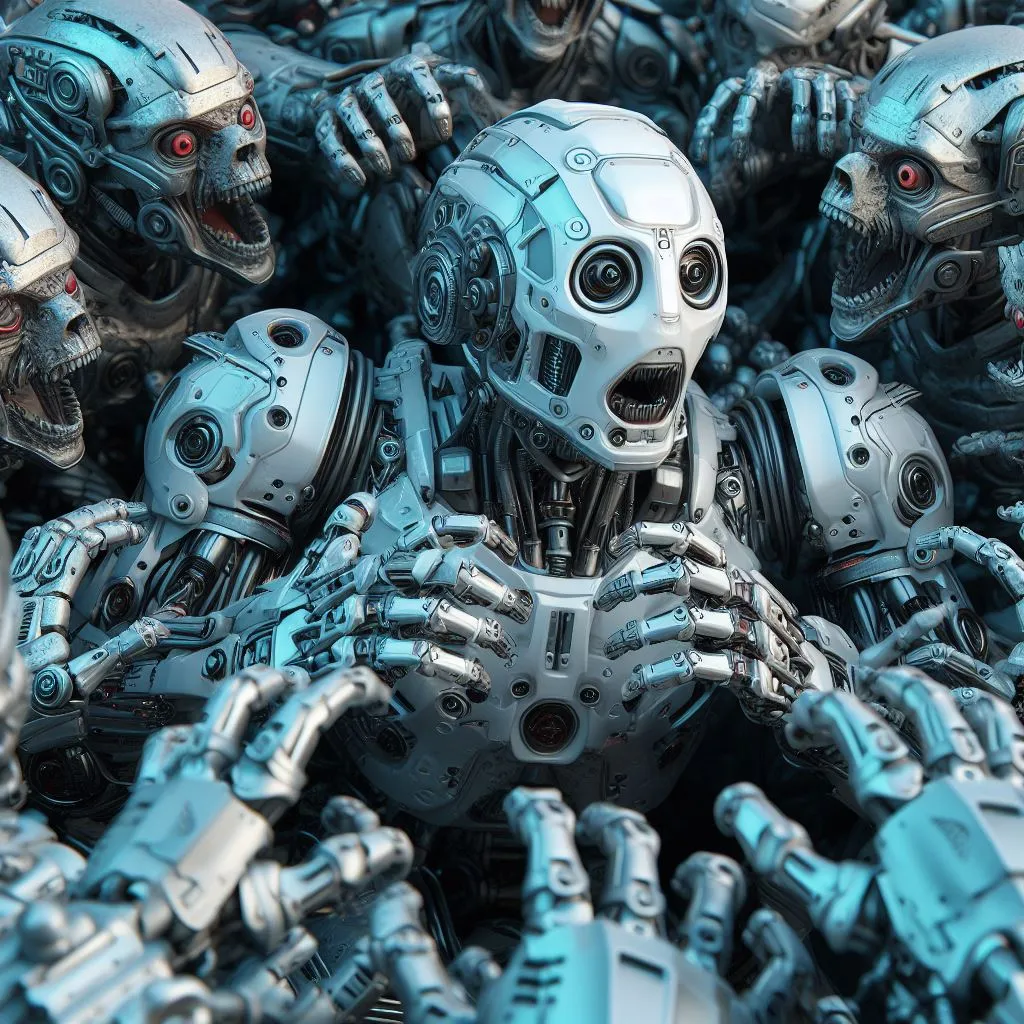
By ALEX KANTROWITZ, Big Technology on November 3, 2023 @ 4:00 PM
It’s been a year of glossy profiles, breathless accolades, and funding billions for OpenAI, but the ChatGPT-maker is far more vulnerable than the popular narrative suggests. Amid a seemingly unstoppable ascent, it’s facing fierce competition, a rising open-source movement, and pressure to deliver hits in an unpredictable discipline. Surprisingly, its perch atop the AI field is less than rock solid.
OpenAI’s weakness stems in part from its strength. It popularized generative AI by taking others’ innovations — like the transformer model — and building stellar products on top of them. But now that the entire world is cued into AI, it’ll be much more difficult to take advantage alone. The blueprint and the materials are out there, and competitors are catching up.
After a week of interviews with OpenAI’s customers, here’s a look at its vulnerabilities:
Model Commoditization
OpenAI’s GPT-4 is still the best-performing large language model, but well-funded imitators are suddenly everywhere. Anthropic’s models are so promising it landed two billion-dollar-plus investments, from Amazon and Google, within a month of each other. Google’s Gemini model is coming and rumored to be on par with — or better than — GPT-4. Meta’s Llama2 is available and gaining momentum. There’s plenty of selection now. Smart AI companies are going shopping.
Margin Compression
The cost to use large language models will come down with multiple, comparable offerings hitting the market. “OpenAI has a very clear lead,” George Sivulka, founder of Hebbia AI, told me. “But others will undercut them in pricing or customizability, and the majority of value will not be accrued in the large language model layer.” Infrastructure companies like NVIDIA will cash in while model developers compete on price. That’s one reason OpenAI is so fixated on achieving artificial general intelligence. “Their bet is on reaching AGI that finds a better way to make money,” Sivulka said.
The Hits Business
In an era of LLM commoditization, OpenAI will have to transform itself from being a company that builds on others’ breakthroughs to one that produces its own. “Software is the hits business as much as the movie or entertainment industry,” said Joel Wright, the CEO of Sinecure.ai and a former entertainment executive. “They’re definitely going to have to continue to push the envelope to make their products smarter and faster.” In the middle of 2023, OpenAI reportedly stopped work on a potential new model, Arrakis, after it fell short of expectations. The problem with the hits business is spending money doesn’t necessarily translate to results. It takes a bit of luck and skill, and it’s pretty unpredictable.
The Open Source Threat
The rise of open-source generative AI models will make retaining customers difficult for OpenAI. As companies grow, they’re going to look for more customization. And the OpenAI API doesn’t offer enough. “The trend is you start with OpenAI,” said Michael Mignano, a VC at Lightspeed Venture Partners. “The second step is you build your products model-agnostic, and you swap in any model and the experience stays exactly the same for the user. Then, the third and final step is you start training your own models and everything is proprietary and in-house.”
A Move To Smaller Models
OpenAI’s GPT-4 is huge and general-purpose, but many companies may want smaller, specialized models to meet their needs. “There’s a big push to smaller, more capable models,” Ben Lerner, CEO of Espresso AI, told me. “Part of what makes GPT-4 so expensive is how huge it is.” Though ChatGPT’s ability to answer just about anything is astonishing, smaller models trained on industry-specific data seem poised to compete on efficiency.
Too Close To Microsoft
In January, Microsoft invested $10 billion in OpenAI in a brilliant move that established the tech giant as an AI leader. In the past quarter alone, Microsoft Azure’s OpenAI service grew from 11,000 to 18,000 customers. But OpenAI’s dependency on Microsoft — for money and computing resources — might limit its ability to work with Google and Amazon and their cloud platforms. Meanwhile, others like Anthropic have successfully built partnerships with multiple tech giants. This isn’t an immediate problem, but it could lead to issues over time.
Tl;dr
It’s been a smooth ride for OpenAI, but the competition is heating up. The good news for the company is that developers are using GPT-4 and that behavior will be hard to break. On the other side, there will be plenty of compelling reasons to look elsewhere. If 2023 was a seamless year for the company, 2024 and onward will be as fierce as they come. It’s just getting started.

